10 Best Plutio Alternatives and Competitors in 2025
In this review we will list the 10 best alternatives to Plutio, an all-in-one business management tool.




As a business owner, you’re always looking for tools that can help your workflow and day-to-day operations run smoothly. Plutio is one of those all-in-one platforms designed to handle everything from project management to invoicing, but it may not tick all your boxes.
In this guide, we’ll explore the ten best Plutio alternatives in 2025, each offering its unique strengths. We hope this guide will help you narrow your search and find the perfect tool to take your business to the next level.
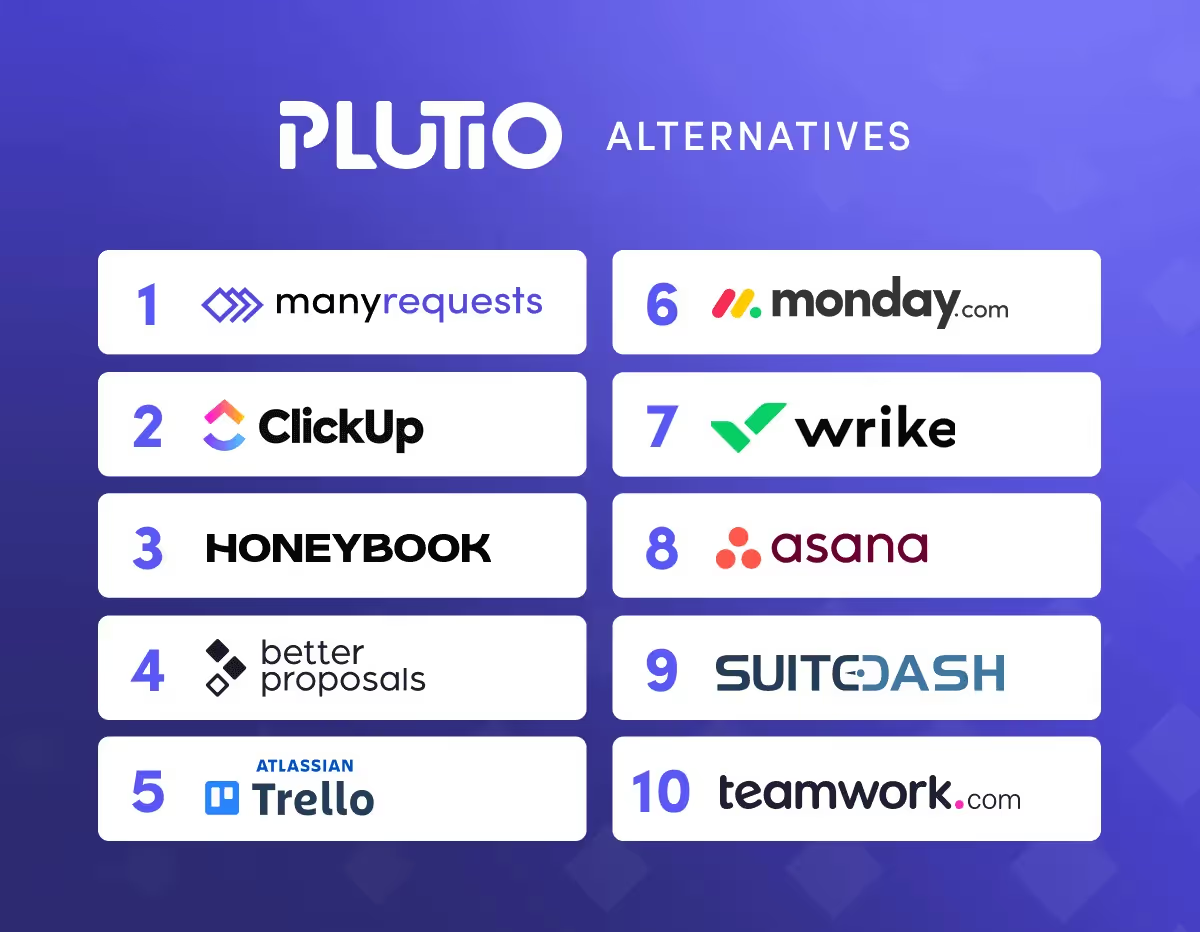

Plutio is an all-in-one business management platform tailored for freelancers, small businesses, and agencies. Its features are designed to:
It’s designed to be a one-stop solution that provides businesses and agencies with everything they need in one software package.
However, no matter how comprehensive or robust Plutio’s features are, they may not be perfect for every business. If you’ve reached this part by now, you’re probably one of those business owners who may have second thoughts about whether Plutio is the right platform for you.
Here are a few reasons why you might be searching for Plutio alternatives:
If you’ve been experiencing any of these issues, it might be time to explore other options that more closely fit your specific needs.
Whether you're finding it difficult to scale with Plutio, missing key features that align with your agency’s needs, or simply want to explore new tools that might fit better, you’re not alone.
Many agencies are in the same boat, looking for alternatives that can boost efficiency, improve collaboration, and help them better manage clients and projects. When searching for Plutio alternatives, you must identify the most important features to your agency.
Here’s a breakdown of key aspects to keep in mind:
We’ve explored various Plutio alternatives and compiled our top recommendations for you to study.
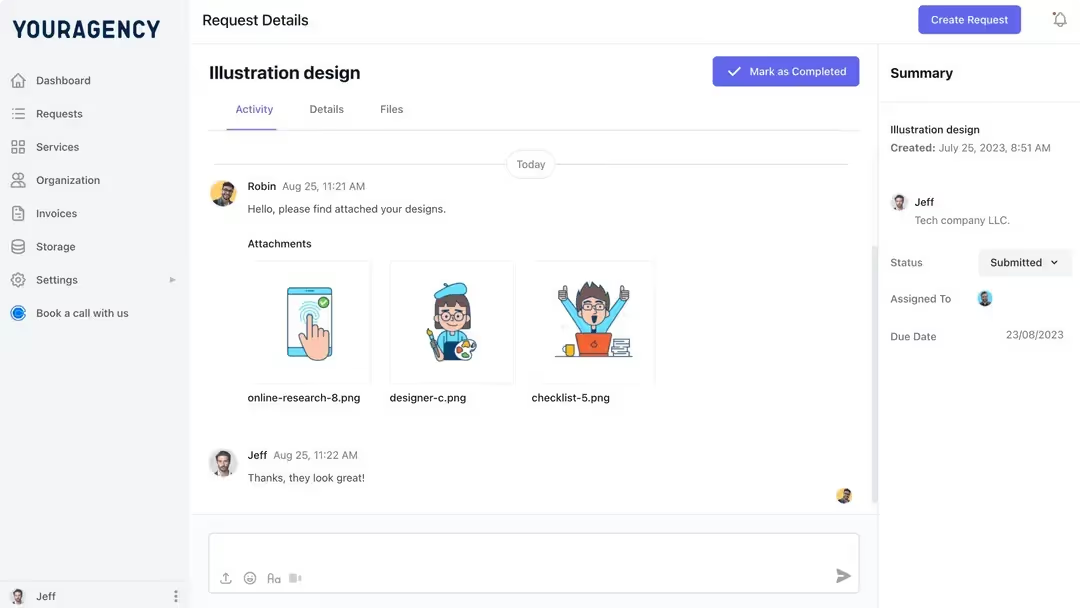
ManyRequests was designed with agencies in mind—specifically, how to make agencies’ operations flow smoother in all aspects. This Plutio alternative helps agencies manage client requests, payments, and projects all in one place. Compared to Plutio, ManyRequests has an easy-to-use interface, reducing the learning curve.
These are the features that make ManyRequests a winner:
Whether dealing with clients or overseeing your team’s progress, ManyRequests allows you to customize your approach. For example, you can gather feedback from clients within the platform. You can also track the progress of the tasks your team members are currently working on. This includes time-tracking features, kanban boards, and checklists. BONUS: ManyRequests also makes it possible to create an automated client onboarding experience for your new clients.
Some businesses have separate project management software and CRM software. With its own CRM, ManyRequests makes it easier for agencies to manage clients (sales, feedback, analytics, etc.) and oversee tasks via one platform.
Increase your cash flow by using ManyRequests’ automated billing and invoicing features. Aside from drastically lessening hours spent on manual financial tasks, you can work on more top-level growth strategies instead.
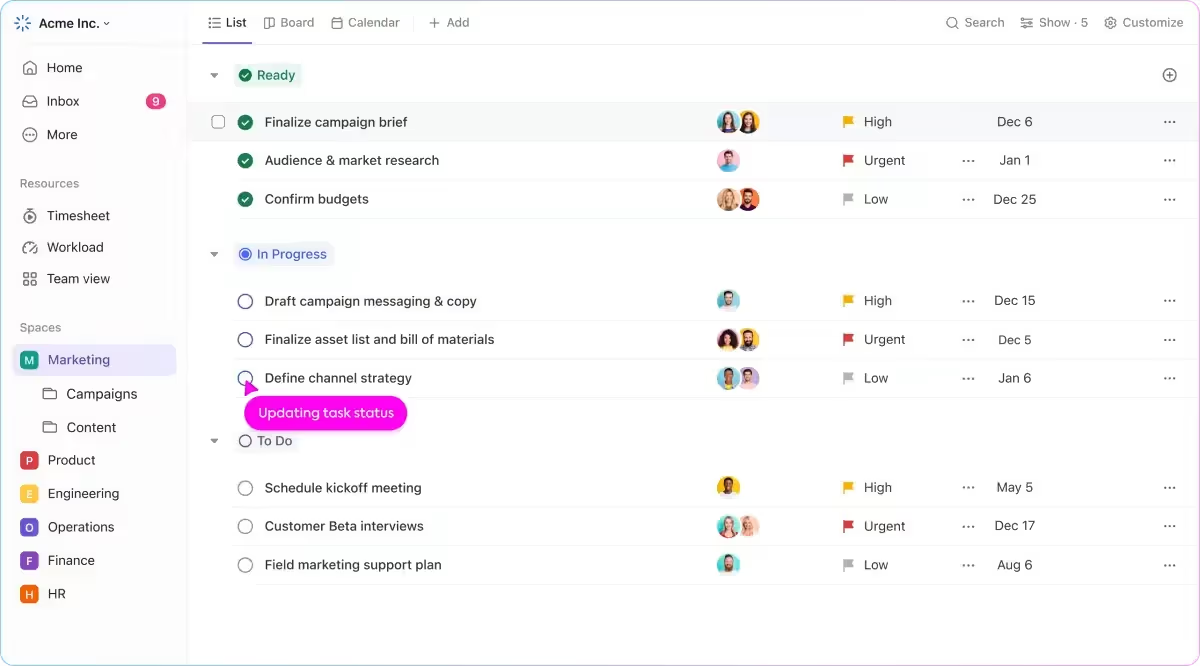
ClickUp is a powerful project management platform offering a broad set of features, making it ideal for agencies of all sizes. It covers every aspect of agency operations, from task management to goal tracking. The customizable interface allows you to set up workflows and dashboards that fit your team's needs. It’s known for its flexibility, allowing you to organize projects in various ways, whether through lists, boards, timelines, or even sprints.
Here’s what’s so cool about ClickUp:
Individuals have different preferences—some prefer list views of tasks, and some prefer board views. With ClickUp, you can view tasks via a list, a Kanban board, a table, or even a Gantt chart with milestones that can be separated as tasks.
You can already use over 100 pre-made automation in your workflows, tasks, and more. If you don’t find anything you need, you can create your own. Essentially, ClickUp gives you ready-made automation and the power to make new ones from scratch.
Imagine project management with an actual assistant. The ClickUP AI assistant was made to help project managers with status reports, project briefs, you name it. Aside from having an all-in-one tool, it takes some of the workload off your back.
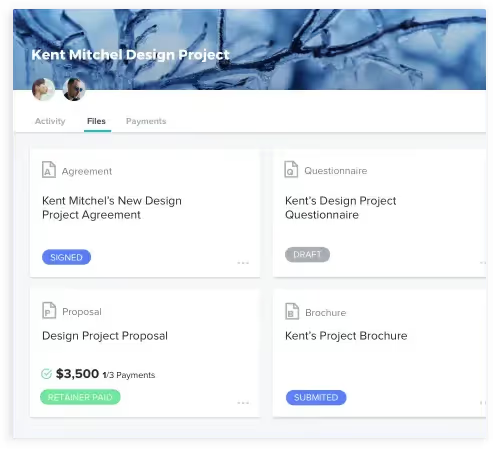
HoneyBook is designed to streamline the process of booking clients, managing projects, sending invoices, and receiving payments. It simplifies the administrative side of client work, offering features like customizable templates, project tracking, and built-in communication tools to help you stay on top of everything.
Manage all invoices, payments, and payment reminders from one place. Aside from helping you get paid faster, clients also get to experience a hassle-free payment experience whether it’s a one-time payment or a recurring payment. BONUS: HoneyBook allows you to create and send invoices via your mobile app too!
Communicating with clients is necessary—but time-consuming. With HoneyBook, you can create custom automations that can help you send automatic messages, send automatic reminders of follow-ups, set future task reminders, or even send pricing information automatically when you receive an inquiry.
Access ready-made templates for pricing guides, intake questionnaires, brochures, proposals, contracts, and even invoices and feedback forms. Then, you can tweak and customize them to align with your brand.
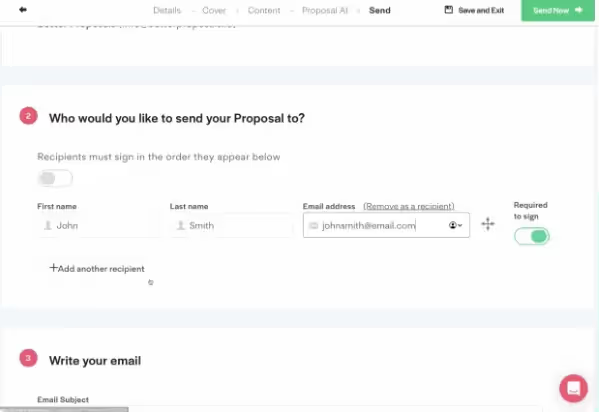
Contrary to its name, BetterProposals is so much more than just proposals. It is a proposal management tool that helps agencies create stunning, professional proposals with ease. The platform offers pre-designed templates and allows for customization, making it easy to send polished documents to clients quickly.
Save time and choose from a library of professionally-created proposals and quotes. Once you’re in the negotiation stage, BetterProposals also has tons of contract templates to choose from—spanning multiple industries and niches.
Gone are the days when you’d have to create documents in one platform, send them via another and sign them via another tool. BetterProposals has simplified the process with built-in digital signatures that help fast-track the movement of documents.
Once your new clients seal the deal, keep the momentum going by creating a smooth, effortless, and automated onboarding experience.
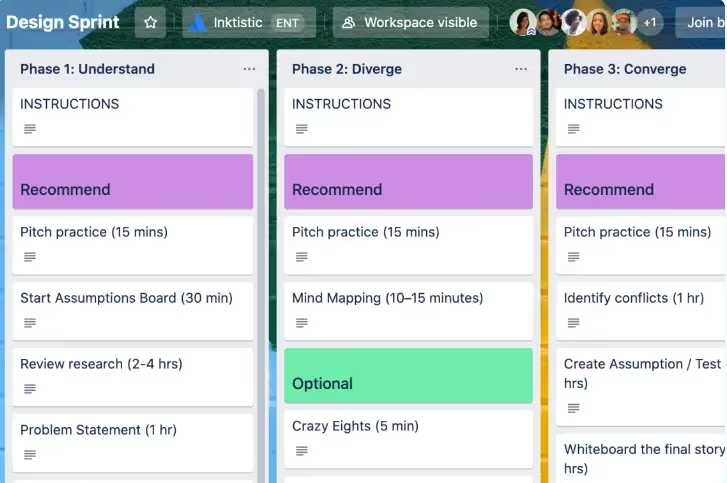
Trello is a simple, visual project management tool that uses boards, lists, and cards to help you organize tasks. It’s highly intuitive, making it a great choice for smaller teams or those new to project management software. Trello’s strength lies in its simplicity, and it’s ideal for agencies that want an easy-to-use platform for tracking daily tasks and collaborating with team members.
While boards are available to all users, the paid accounts give access to additional views such as timeline, table, calendar, map, and workspace. The map view, for example, displays location-based data—real estate properties or event planning tasks will benefit from this view. Meanwhile, the Calendar view is useful for editorial calendars or social media planning.
One of the reasons why Trello remains to be an “oldie but goodie” is its simplicity. The drag and drop functionality keeps the platform intuitive and easy to use even for not so techy people.
With Trello’s Butler, users can create no-code automation to help keep things running smoothly in the background. Simply choose triggers and corresponding actions and let Butler do the heavy lifting.

Monday.com is known for being a platform that an entire business can use for different functions. Its intuitive interface allows teams to create custom workflows, assign tasks, and track progress with ease. Monday.com excels in visualizing project timelines and workloads, making it perfect for agencies with different teams that that juggle several projects at once.
With Monday, business owners can get an overview of what’s happening with all teams and projects. Aside from task management, the Monday CRM streamlines sales processes and client management. Monday dev is set up to specifically cater to product development teams.
Change the way you make business decisions by using data-driven insights as basis. Generate reports, access summaries, and track progress of individuals, teams, or the entire company. You can also customize the way you prefer to see your data—charts, graphs, tables, etc.
Save time by turning repetitive tasks into automations. Monday’s AI tool also helps with inserting these automations into your workflows—you just need to prompt it.
(based on a number of three seats; price changes as seats increase)
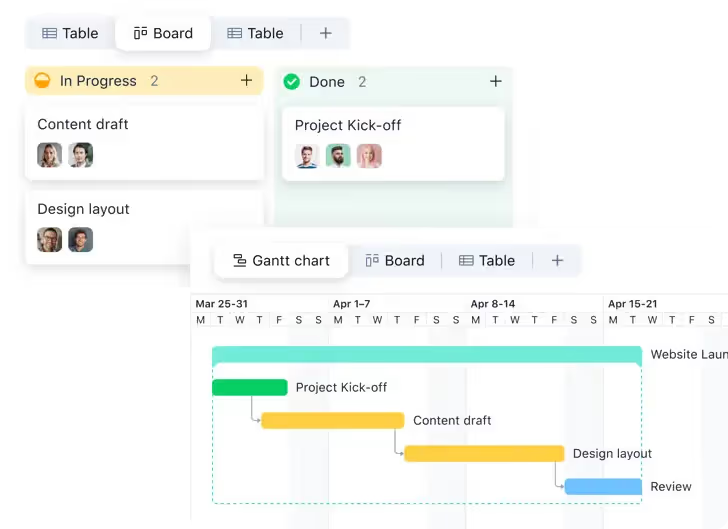
Wrike was built for streamlining complicated projects with multiple stakeholders. Its strength lies in its ability to help leaders create a visualization of large-scale projects that have multiple moving parts.
Wrike makes it possible to collaborate seamlessly across different teams and departments. Features that support this include cross-tagging to avoid duplicates, creating approval chains, and implementing routing processes.
Automate your workflows across different teams, projects, or even the entire organization. Create specific rules and connect your favorite tools to fully automate your entire workflow. Wrike can even sync seamlessly with Adobe Creative Cloud.
Achieve the most efficient strategy for managing your resources. Wrike helps you anticipate demand, optimize workload, and stay on budget. Utilize existing templates for product roadmaps and communication plans.

Asana is primarily a task-focused platform that helps teams manage tasks, projects, and deadlines in one place. Its easy-to-use interface allows teams to organize work visually with lists, boards, or timelines, making collaboration more streamlined.
Asana’s straightforward interface makes it easy to connect each task or project to a specific company objective or key result. Additionally, for each task you can customize the fields to ensure each team member has the necessary information to move forward. Choose your preferred view and spot blockers and dependencies.
Create dashboards that reflect the data and information you need to see anytime. Choose how you want this data to be visualized, set filters, and monitor as often as you need to. You can create project dashboards for data on individual projects or tasks, portfolio projects which show data across projects under one portfolio, and universal reporting for data you need to pull across the entire team.
Asana AI is more than just a tool—it’s like having extra teammates onboard. Asana AI can help provide insights based on the data in the platform, provide summaries, automate tasks, and even answer your questions.
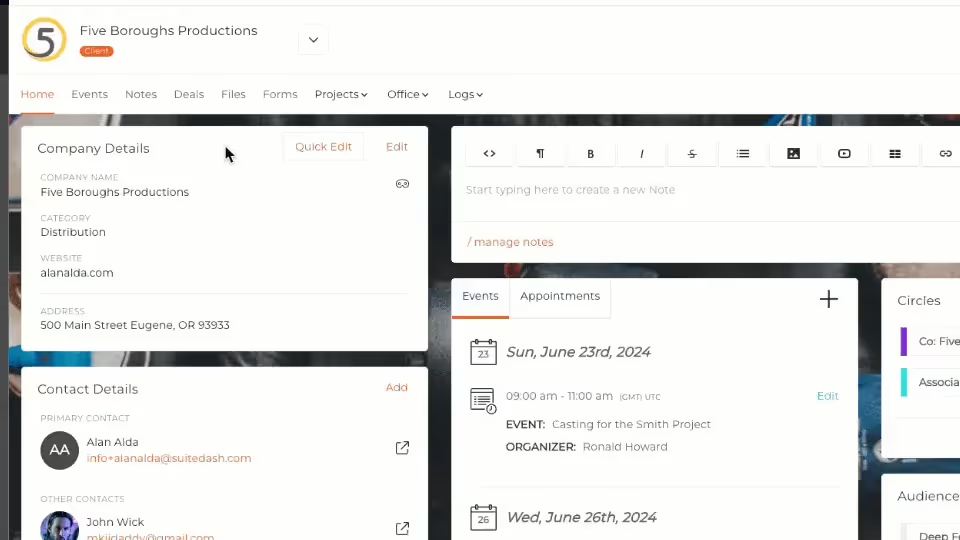
SuiteDash calls their platform “the Swiss Army Knife of Software” because it literally has every functionality needed for managing clients and projects. SuiteDash is perfect for agencies that want an integrated solution to manage their client relationships and projects without juggling multiple apps.
Even though it has many functionalities and features related to internal task and project management, SuiteDash’s main focus is the client’s customer journey. Create automated onboarding processes to guide new clients once they sign up with you—this will give a great first impression and get you off to a great start. Plus, you no longer have to handle onboarding manually.
Create courses for clients, customers, and even team members. You can even monetize them and transform them into valuable assets for your brand. SuiteDash has a vast array of features that make it possible to build engaging courses within the platform, lock content until certain criteria are met, and embed various media within the courses.
Manage your potential clients, deals, and existing clients within the same platform. Enhance your workflow by automating lead generation and other key processes by creating funnels and workflows.

Teamwork features tools for task management, time tracking, and collaboration which help keep projects organized and teams aligned. It’s a great choice for agencies that need to manage workflows across distributed teams and clients.
Teamwork’s Resource Scheduler and Workload Planner helps agencies avoid situations like overworking, overloading, and even underloading the workforce. Forecast your business capacity to keep you one step ahead.
Figuring out how to best set up Teamwork to reflect your operations? Teamwork has ready-made templates for different scenarios and different functions. There are templates for content planning, client onboarding, creative requests, and even bug tracking. You just need to tweak and customize them a bit and then you can get started on using them.
Get a clearer picture of how your team’s time is spent—Teamwork’s time tracking tools can help your quest for efficiency and productivity. Leverage timesheets, time estimates, and actual time logs. Businesses will also be able to create budgets for each project and track the corresponding hours and funds spent on them—and receive notifications when the threshold is near.
For teams seeking a project management tool with flexible task tracking, ClickUp will meet your needs. And if you need one platform to handle both project workflows and client communications, HoneyBook is a solid choice for freelancers and small agencies.
However, if you're looking for a solution that excels in overall client management across their entire lifecycle, plus solid invoicing processes, we recommend ManyRequests—perfect for agencies handling client requests and managing memberships. Try ManyRequests for free—and experience what is possible.
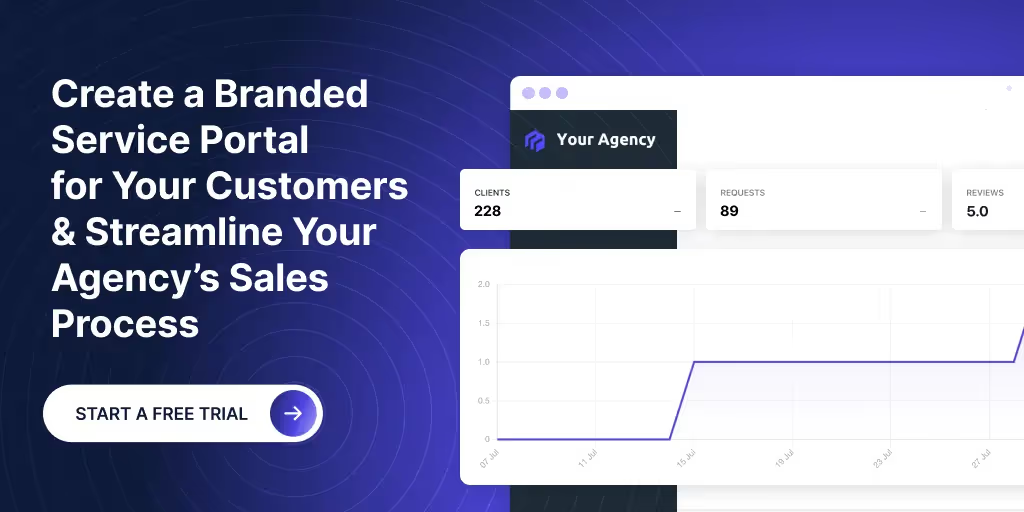
Originally Published: July 30, 2021